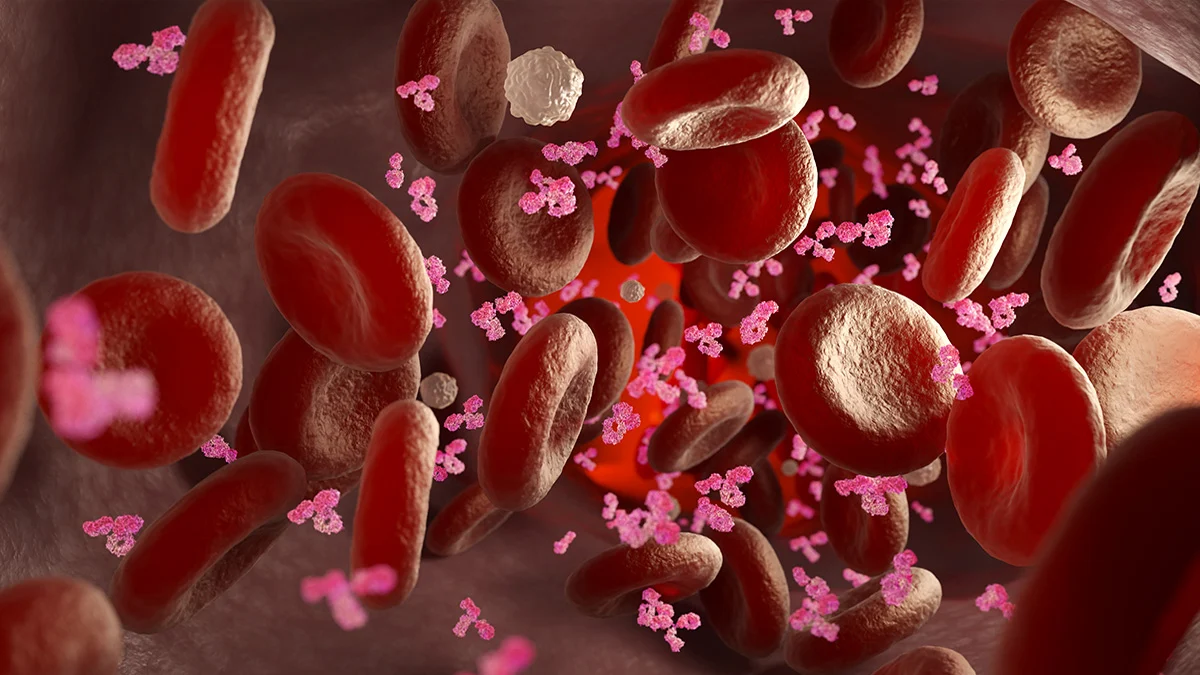On January 7, 2020, Chinese health authorities confirmed that a cluster of pneumonia cases in the Hunan province was associated with a novel coronavirus, 2019-nCoV. On January 20, 2020, the first case of this novel coronavirus was reported in the United States.2 On Memorial Day weekend, the United States mourned 100,000 deaths related to this pandemic. Public health and regulatory bodies moved fast to keep up with the needs to contain and respond to this rapidly moving pandemic. The Center of Disease Control and US FDA kept their guidance relevant with the changing knowledge about COVID-19 in the past few months.
The diagnostic needs of a new pandemic are being met as more diagnostic tools are developed and released with continuously improved performance accuracy. At the start of the pandemic, there was a high need for direct viral testing with molecular and PCR methods to diagnose acute infection. Very quickly the need for accurate antibody testing became evident, as questions around the scope of current and past infection and the development of immunity started to emerge. Many diagnostic manufacturers made available accurate antibody tests that qualitatively assess immune response to SARS-CoV-2.
While the clinical community and public health authorities are committed to complete large scale studies to better assess the questions around scope of infection at a population level as well as the nature of the immune response and immunity for SARS-CoV-2 at patient level, the CDC has issued Interim Guidelines for COVID-19 Antibody Testing.

